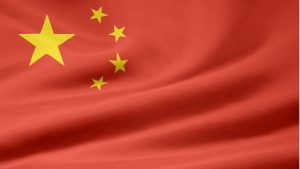
China’s increased importation of American goods is not thanks to any reduction of China’s Great Wall of protectionist barriers; despite Obama’s attempt to cajole Chinese President Hu Jintao during his visit to Washington, their licensing laws and investment rules continue to keep the market strained.
“The China market should probably be even bigger than it is,” claims John Frisbie, president of the U.S.-China Business Council. “It is absolutely right to make sure Americans understand that China’s market is fairly open to U.S. goods and services, but at the same time, be clear that there are many market access barriers that make the market less than it should be.”
Despite the increase in exportation to China, the U.S. Nevertheless is not remedying their trade deficit, what grew $22 billion in 2011, brining it to $295 billion.
The increase in trade owes its motive to a strengthening of the Chinese market; with more wealth among its citizens, they are increasing their desire for meat. Therefore, the greatest market to grow is in soybeans, which they feed to their livestock.
“China imported more soybeans from the U.S. because people’s living standard has improved and they need more nutritious food,” said Zheng Fengtian, a professor at Beijing’s Renmin University. The Chinese are increasing their meat and dairy consumption.
Meanwhile, the exportation of pecans, plastics, airplanes, and scrap metal are also increasing.












































